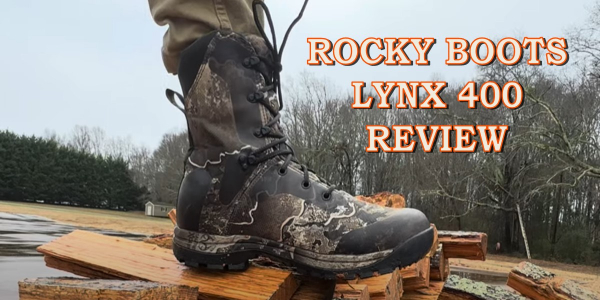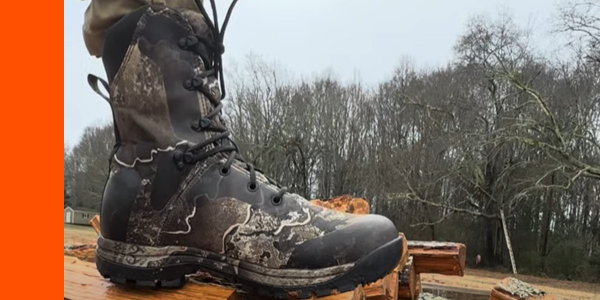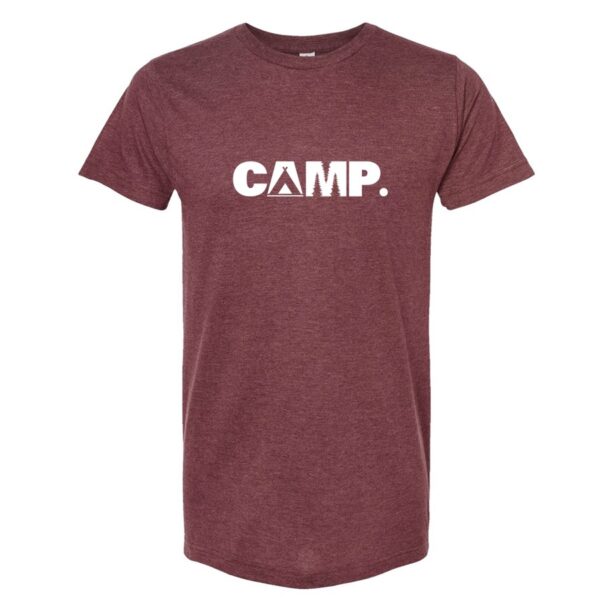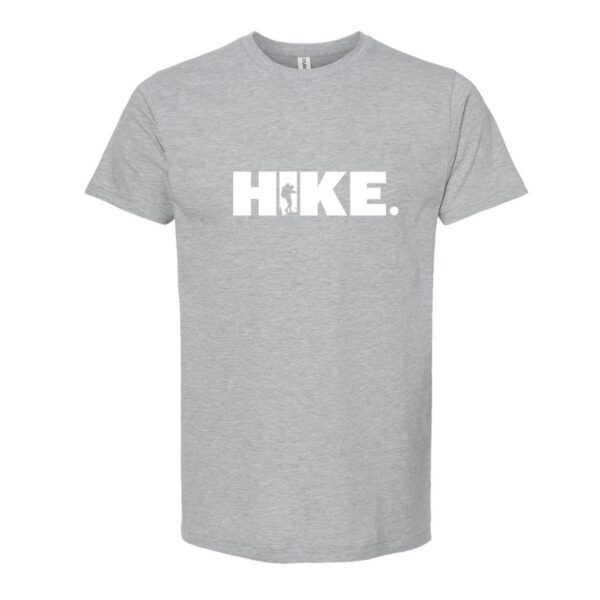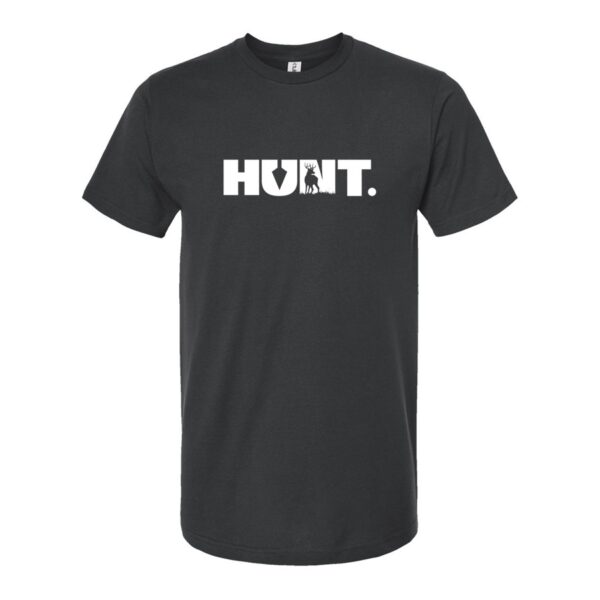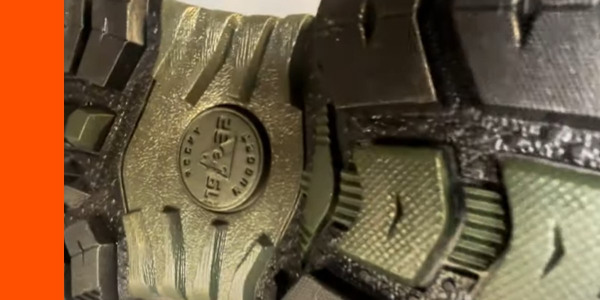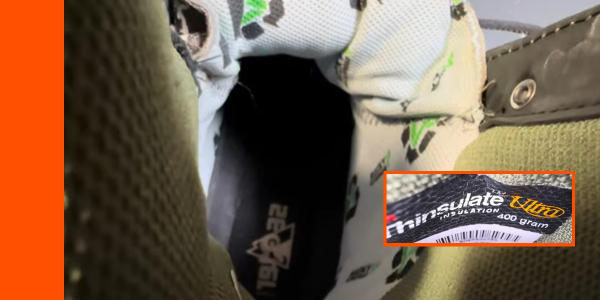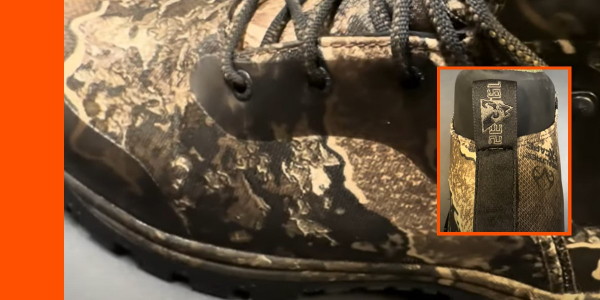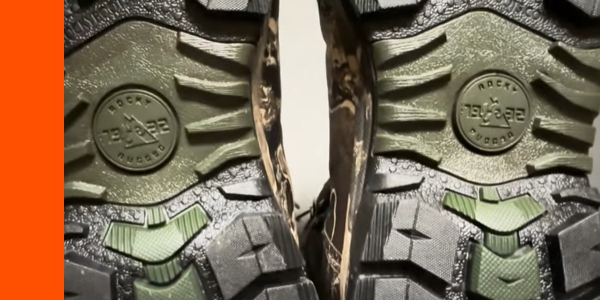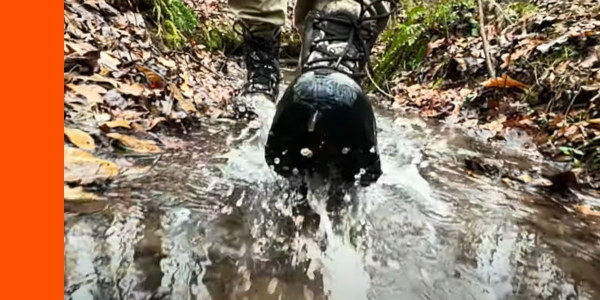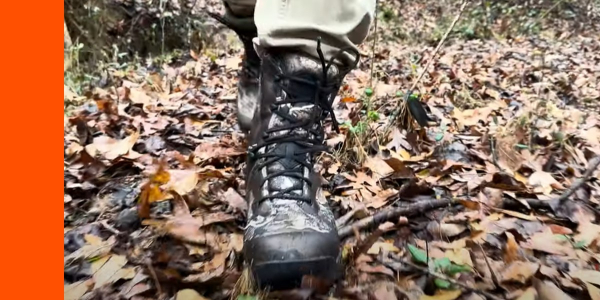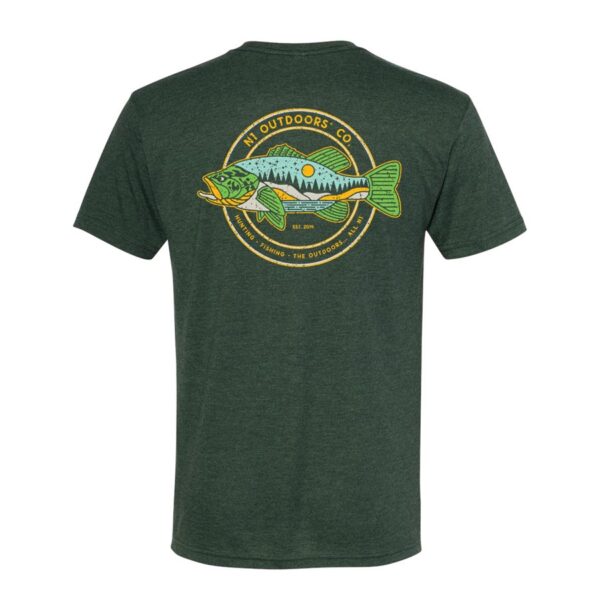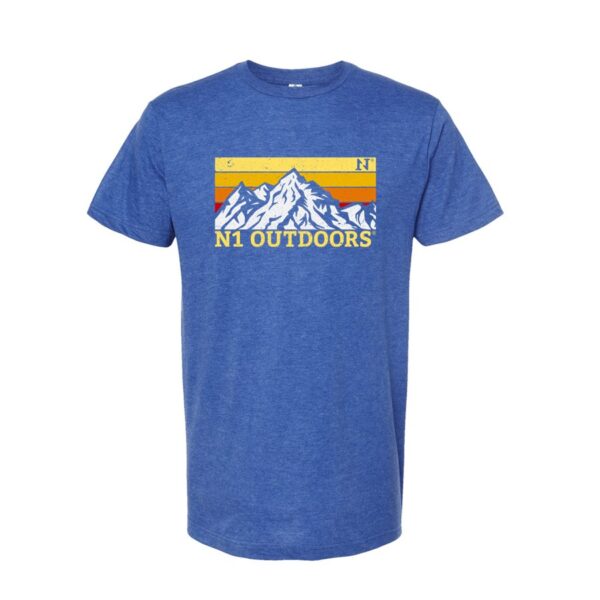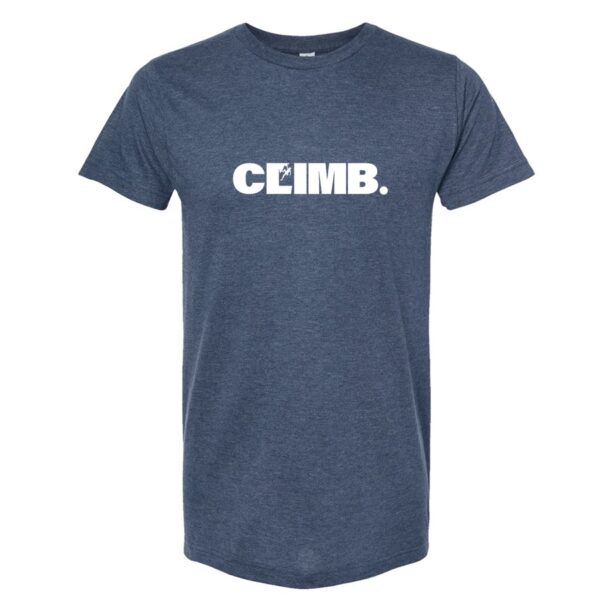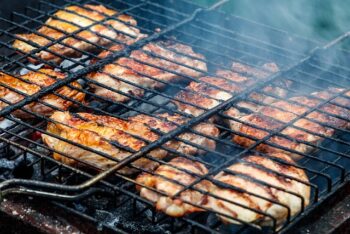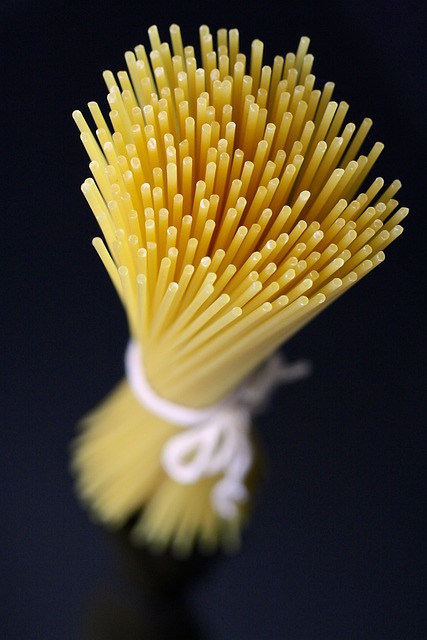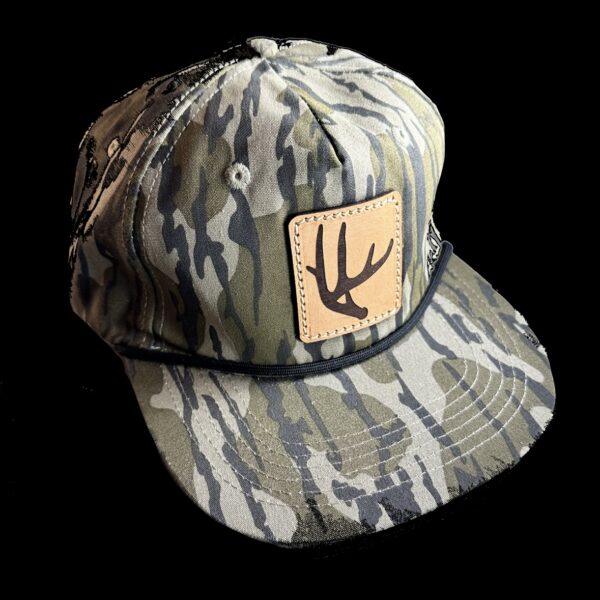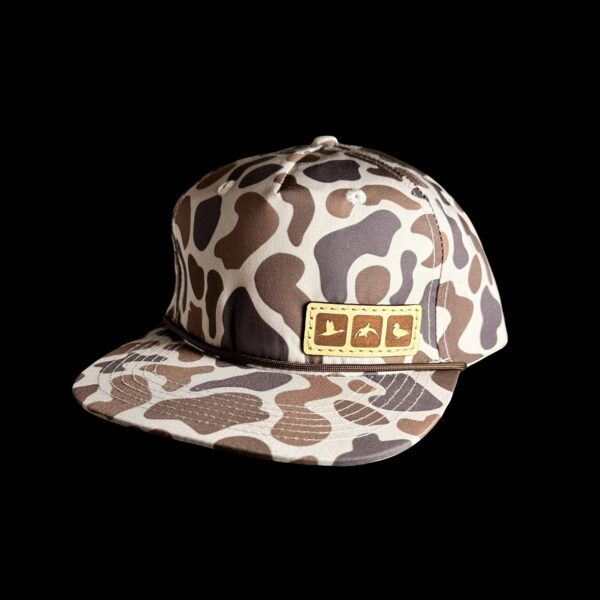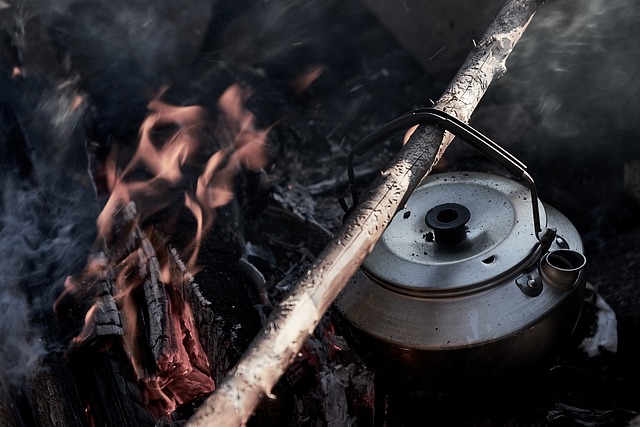Many want to try camping but also need to find ways to save money while doing it.
After all, while experiencing the outdoors is definitely worth your time and money, it’s also nice to be able to do it economically when needed, right?

When it comes to cost, there are typically two determining factors… the gear you will use and the location of where you plan to camp.
In this article, we’ll take a look at how you can make your camping adventure affordable, even if you’re doing it for the first time.
We’ll share hacks from experienced people so that you too can be a budget camper (you might even be able to write an essay about traveling yourself when your done!)
Pricing Varies By Season
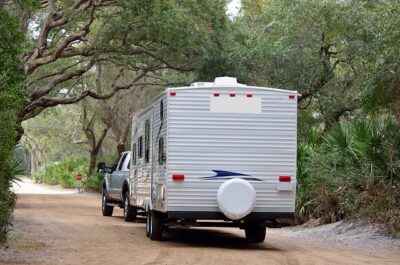
When you hit the camping trail can matter when it comes to saving money. Try camping during non-peak seasons, where prices tend to be less.
Remember that when you’re trying to camp on a budget, the season when you go camping directly correlates to the price you will pay for your activities.
For example, picking summer means picking the peak camping season. Because lots of people camp during this time of year, campground costs will increase for sure. And in turn, a byproduct of having a full campground is that the environment can get not only crowded, but messy as well.
So, one of the great ways to save money when camping is to look for offered discounts during shoulder seasons (the months between the peak season and the off-season.)
-
Sale!
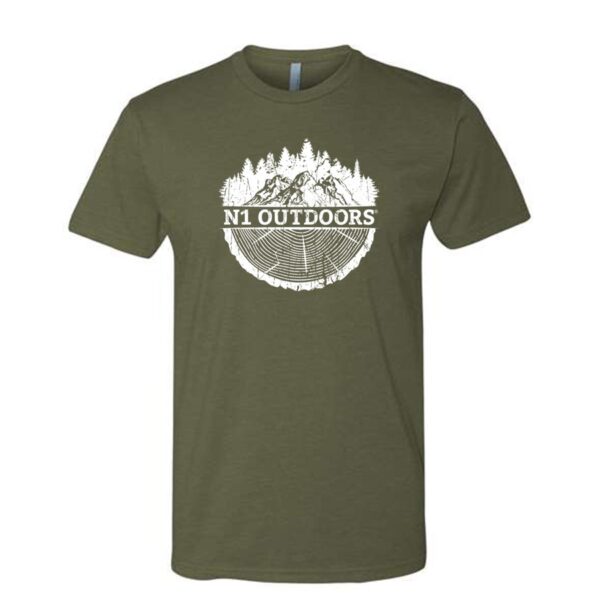
N1 Outdoors® “Lumber Mountain” Tee (Various Colors)
$9.00 Select options This product has multiple variants. The options may be chosen on the product page -
Sale!
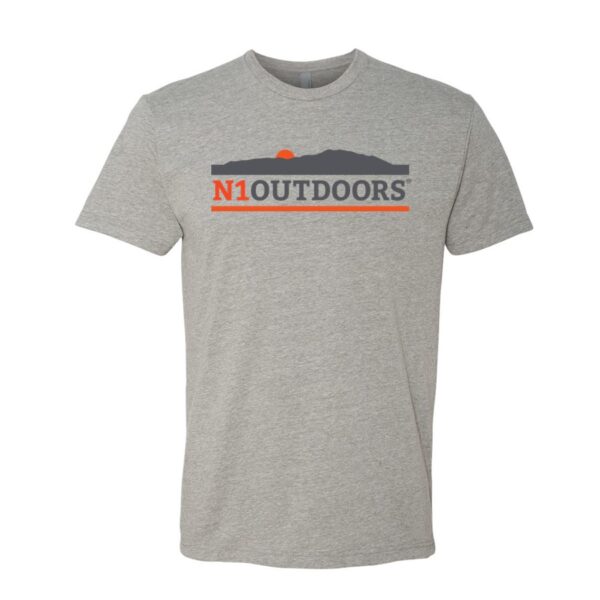
N1 Outdoors® “Sunset Mountain” Tee
$15.00 Select options This product has multiple variants. The options may be chosen on the product page -
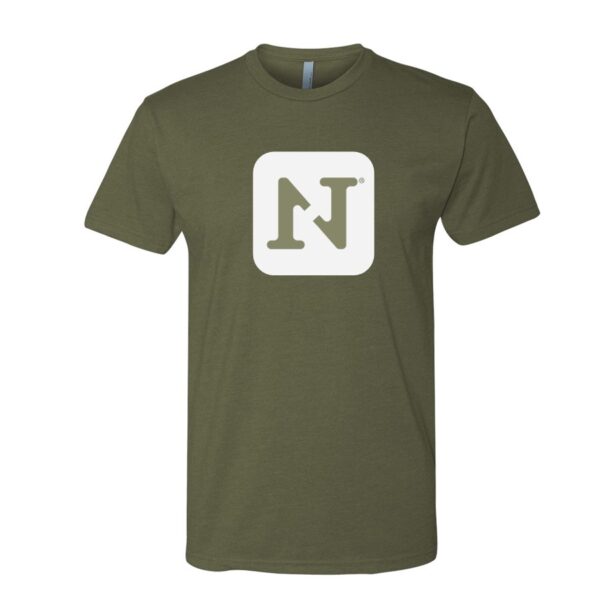
N1 Outdoors® Block Logo Tee
$22.99 – $24.99 Select options This product has multiple variants. The options may be chosen on the product page
Choose Your Campground Wisely
Another way to save money when camping on a budget is to stay at locations like county parks or state campgrounds, as fees can be lower here than in novelty camping locations. (You can be sure that selecting private campgrounds will cost much more than staying at county parks!)

Try camping at county or state campgrounds, as prices tend to be more affordable than private campgrounds.
If your goal is to stay on budget, compare prices before deciding on a location. Private campgrounds usually charge funds for unnecessary luxury items you may not even use. However, those items are often not optional and are included in the overall camping package price.
So, always be sure to check any applicable fees before making a reservation. (This is even true when camping at some county parks, so read the fine print!)
Borrow gear for camping
It may seem simple, but another (easy) way to save money when camping is to avoid buying the required gear.
Wait, what?
That’s right, try borrowing camping gear from your friends or family. This will potentially save you massive amounts of money!

If you can borrow camping gear instead of buying it, you not only save money, but you get a free trial! (know anyone who would let you borrow something like this?)
So, if you are fortunate to know fellow campers that own camping gear that you don’t currently own, try asking if they’d be willing to let you borrow it. It will not only save you money, but could also provide you with some great instruction on new gear if they’re also willing to show you how to use it.
If you like the gear you borrow, then you’ve gotten a free trial on what you could spend your money on in the future. If you don’t like it, then you won’t have spent your hard-earned money on something that just didn’t work for you!
Stick Close To Home Sweet Home
Staying close to your home is a great life hack for those who want to camp frugally. By doing so, you won’t have to rent or purchase a massive recreational vehicle or a car to go camping.
Minimize your budget by prioritizing activities that are close to your camping location. Remember, the best camping trips are always about memories. Instead of spending money on tons of off-site activities, you can make priceless memories with friends and family!

Camping close to home or even in your own backyard is a great way to save money when camping!
Research campgrounds that are closest to your home and give them a try. You may find the hidden gem that will become your favorite place for camping for years ahead right in “your backyard.”
And speaking of back yards, you could even try camping literally in your own back yard!
If you are so lucky to have a friend or neighbor that has a camper or other recreational vehicle, you could even park that in your yard and use it as your “home away from home” camping adventure!
Consider Tent Camping

Camping doesn’t have to big big and showy. Tent camping is a great way to experience the joys of camping while not breaking the bank.
One of the most affordable ways to enjoy the camping experience is to go tent camping.
Not only is this an inexpensive way to camp and have shelter at the same time, but with proper care, you’ll be able to use your tent for years to come.
And, you can sometimes camp at campgrounds for less on a tent site than at locations where people camp in recreational vehicles.
BYOM (Bring Your Own Meals)
If you’re wanting to save more money, this one might seem obvious, but… don’t eat out!
Of course, It’s fun to try new food experiences, but it can also be painful to the wallet.
In addition, cooking over a fire or grill with the family is an activity that everyone can participate in, enjoy, and make memories doing.

When planning food for your camping trip, stick to classics like sandwiches and hot dogs that you can cook over a campfire. You’ll save tons of many doing this instead of eating out.
You can make a list recipes ahead of time as well as the kitchenware/utensils you’ll need. And, don’t forget to think about and prepare for where you’ll store your food.
Ask your friends for recommendations of food they cooked during their camping activities, or surf the internet to find exciting and delicious recipes.
Final Thoughts On Budget Camping
Camping can certainly provide a wealth of memories, and it doesn’t have to be expensive! So, remember to focus on off-season pricing when choosing a campground. You can also camp close to home, borrow camping gear from friends, tent camp, and pack your own food to save money!
We hope you found his article useful and have a great time enjoying the outdoors!




